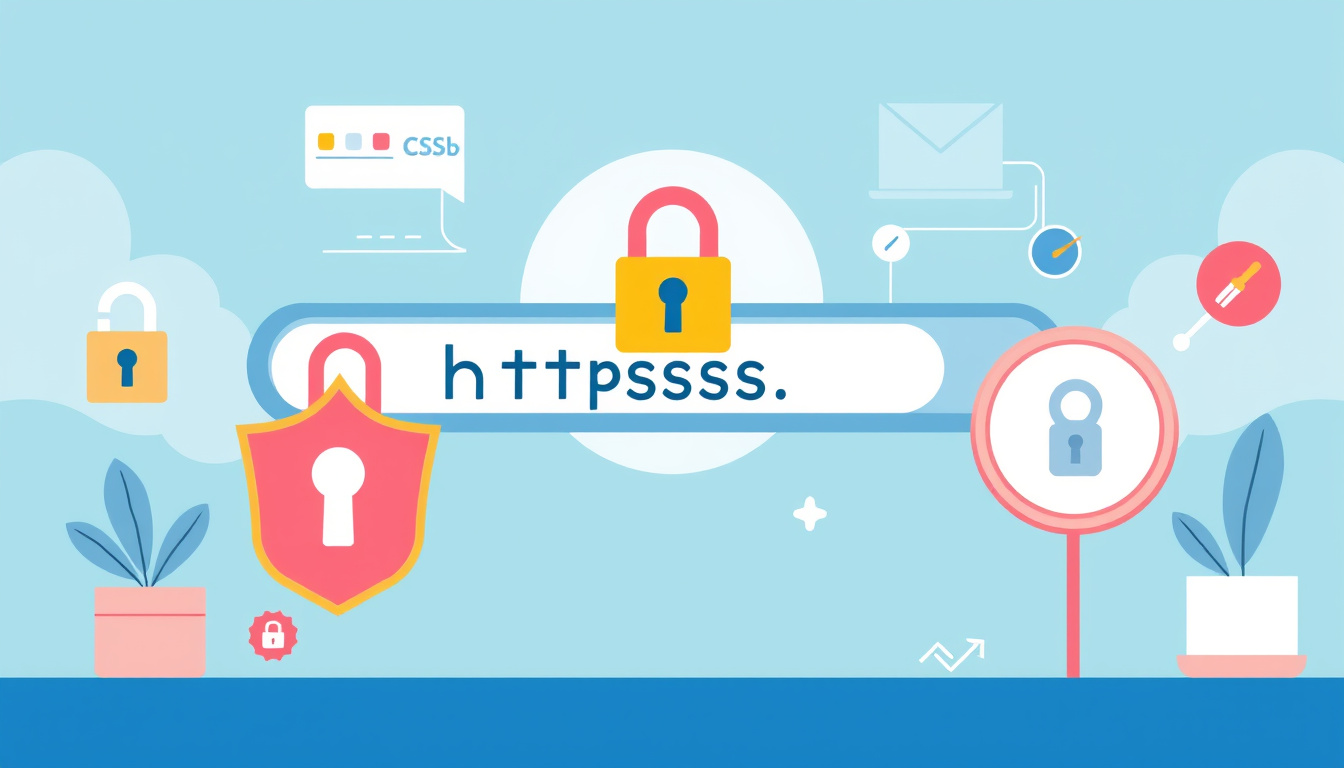Unlocking the Power of HTTPS Connections: Why Secure Browsing Matters for You
Today, the digital world puts your data at risk. HTTPS keeps your data safe with a secure link between your device and a website. This link builds trust during online shopping and other tasks. This article tells you what HTTPS is, how it works, the help it gives, and why it is needed by every user.
What is HTTPS?
HTTPS expands on HTTP, the standard way to send data online. It uses a tool called TLS to lock your data. This lock stops unwanted eyes from reading your sensitive details, like your login or payment data, while it is on its way.
How HTTPS Works
HTTPS works with a lock that uses two keys that depend on each other.
-
Public Key: This key is shared with those who ask for a secure talk with the site. It locks data so that only the matching key can open it.
-
Private Key: This key is kept secret by the site. It opens data that was closed by the public key.
When your browser works with a secure site, both sides swap keys in a step called the handshake. With the handshake complete, the link stays secure and all data is locked.

Why is HTTPS Important?
-
Data Safety: HTTPS locks the data you send between your gadget and a website. This means a thief cannot read the data even if they do take it.
-
Privacy and Trust: HTTPS stops outsiders from spying on your chat with a website. When your data is safe, you feel free to share what you need.
-
Stop Unwanted Edits: Without HTTPS, a weak link can let others change the page you see. HTTPS stops these changes from people who do not own the page.
-
Rules and Search Help: Many rules say your site must guard data. Search sites also give a nod to HTTPS pages in their rankings.
-
Better Engagement: People like to use sites they trust. Modern browsers mark sites without HTTPS as “Not Secure.” This mark cuts down on visits.
The Growing Use of HTTPS
More and more websites now use HTTPS. By late 2022, many sites had made HTTPS the norm. This change came as groups pushed for a safer way to use the net. A move from HTTP to HTTPS shows that many now know the need for online safety as our lives go more digital.
How to Set Up HTTPS for Your Website
If you have a site, you can add HTTPS by getting an SSL/TLS certificate from a known group. Many hosts give you this help for free or with a small fee. Here is how you start:
- Pick a Certificate Provider: Find a known group to get your certificate.
- Set Up the Certificate: Use the instructions from the provider and put the certificate on your server.
- Change Your Links: Switch your website links from HTTP to HTTPS.
- Check Your Site: After you set up, test your site to see that the HTTPS link works well and that no content shows errors.
Conclusion
HTTPS stands as a strong part of safe browsing. It hides your personal data and builds trust when you share sensitive details. It also gives site owners help with rules and rank in search sites. As our digital life grows, using HTTPS is not an idea—it is a need for a safe online life. Use a secure HTTPS link to get a safe, trusted, and easy-to-use web experience.
